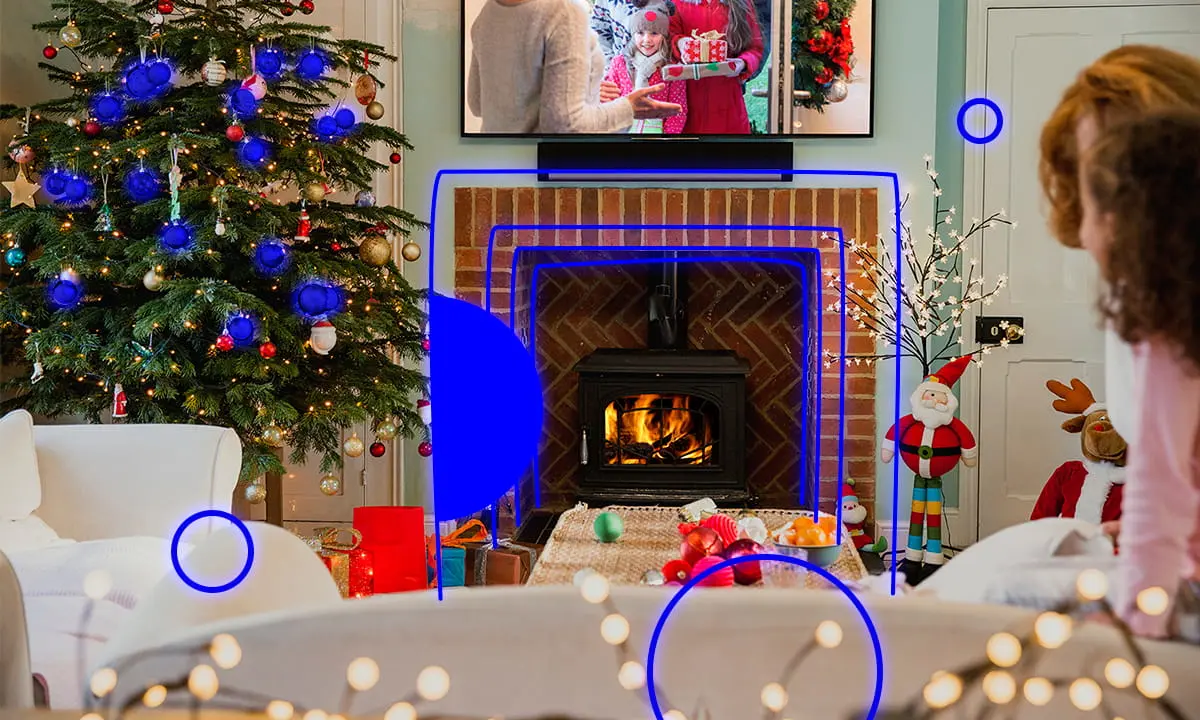
Walled Gardens Transparency and the Cost of Obscurity: Will 2021 Be Different?
The walled gardens situation is on everyone’s lips, as it pushes ad-tech peers on both buying and selling sides to fight over the scraps remaining after the industry titans saved the best ad budget slices for themselves.
Especially with the increase of CTV prominence, the GAFA squad – Google, Amazon, Facebook, and Apple – seek a way to sink their claws even deeper into the market to control it.
Using their titanic authority and status, GAFA continues to put together a full ad stack by acquiring point-solutions and consolidating the ad tech landscape. Inevitably, closed ecosystems built around just four major ad platforms who control ad buying and selling operations and limit their data access, hurt the industry.
On the surface, these big guys seem to provide ad tech companies with beneficial conditions, offering them first- and third-party access, analytics solutions, demand, and other opportunities, but what was given by one hand was taken away by the other.
Apart from GAFA, many more middlemen are falling back on ad dollars flowing from advertisers to publishers. So, while advertisers desperately try to stitch things together in terms of their ad spend breakdown, publishers struggle with revenue loss too as infinite mediators are eager to reap their piece.
On top of all that, the walled gardens use their position to charge buyers the ad tech tax. Based on the recent and much-discussed ISBA report, 15% of advertiser spend – an “unknown delta”, representing around one-third of supply chain costs – could not be attributed.
What Budgets and Fees are Circulating Across the Programmatic Supply Chain?
While programmatic supply chain opaqueness has reached its apogee, numerous mediators standing in the way of buyers and sellers keep promising the earth and maximum outcomes, especially to publishers. But the harsh reality doesn’t look any nicer as this is where mediators start nibbling at ad budgets here and there.
For starters, by taking cover behind mandatory traffic validation procedures, intermediaries charge about $0.1/CPM value. Then, instead of the vowed maximum yield and earnings without hidden fees, mediators charge their own fee that may reach 17%, plus pocket up to 33% of publishers’ revenue, divvying it up with other ‘partners’ and tech providers neither publishers nor advertisers are aware of.
So what does that leave us? The situation is this: up to 50% of ad buys vanish before reaching publishers, as endless supply chain intermediaries literally plunder ad dollars along the way. Hence, the only beneficiaries here are multiple links on the supply chain instead of actual advertisers and publishers.
With 2021 on the Horizon, are We up to any Changes?
The evolving ad tech market has given rise to several aspects that may become a way to win more transparency and revenues beyond the walled gardens.
To combat the GAFA machine, ad tech players need to make their own contribution, especially when it comes to adopting industry standards. Today, IAB offers a whole range of solutions, including ads.txt, app-ads.txt, sellers.json, and ads.cert to help advertisers avoid suspicious deals related to counterfeit inventory and get awareness of their ad spends and ad tech fees charged on the way.
To make it work, publishers have to implement these standards on their side. Advertisers, in turn, should also sabotage interaction with all unauthorized counterparties. With such a synergistic approach, the ubiquitous application of the txt-series standards will be just a matter of time.
Another step that publishers can take to simplify the state of things for themselves and their advertisers is considering a direct partnership model. The concept of partnership with the first-hand relationship lies in eliminating numerous intermediaries and establishing an intelligent and fair business model for buying and selling parties.
By leveraging a direct partnership model and remedies for improving transparency and eliminating ad fraud, advertisers will eventually know where the money flows, so that publishers receive the highest revenue for their inventory, as they are getting paid at the full price that the advertiser pays without any opaque and unexpected charges.
Takeaways
Walled gardens built by industry titans challenge the whole ad tech domain globally, and it won’t be easy to combat the big guys in order to change the status quo. Yet, by banding together in the fight for real transparency and leveraging an alternative partnership model, ad tech peers will manage to defeat this dragon.
This content was originally published on Hackernoon.
Related
Ad Exchange 2020: What’s on the Radar?
Advertisers are eager to reach out to their prospects online, and publishers use this opportunity to generate ample revenue streams. An ad exchange is a place where they come together to achieve this goal. Although the traditional ad exchange model is designed to bring the utmost benefits to each party, there are still pitfalls and gaps to be resolved.
Read more
Connected TV Ads and the Holidays: Leveraging Merry Opportunities
Now the holiday season is not far off, and as advertising-based video-on-demand (AVOD) viewing time hits record levels, savvy marketers just can’t leave CTV ads out of their holiday timetables.
Read more
How Will COVID-19 Impact Advertising & Subscription Video on Demand in 2020?
AVOD (advertising video on demand) has always been considered SVOD’s (subscription video on demand) poor cousin. But with the dawn of 2020, AVOD was supposed to take the limelight pushing aside SVOD. However, with the onset of COVID-19, things changed dramatically. In this article, Daniel Elad, CHIEF STRATEGY OFFICER , TheViewPoint, talks about how COVID-19 will affect both AVOD and SVOD in the coming year.
Read more


